In the earlier day of software development, you would develop the platform and implement it to be operational which is a successful approach. However, the problem arises when a modification is to be made or an error is generated, you have to shut down the operations entirely which would have catastrophic impacts on the user. Therefore, further research on the development and operations of software leads to the creation of DevOps.
This blog will describe the following topics
What is DevOps?
DevOps, from the word itself we can understand the meaning, DevOps is the combination of “development” and “operations”. DevOps cannot be considered as a software tool or an application however, it is a method of continuous operations and development that results in faster development of applications and services with better quality. Furthermore, DevOps can be considered as a process by which organizations can serve their clients with better services. In addition, they can also be thought of as the connection link between development and operations departments.
Before we get into the DevOps let us understand certain background information and the ancestral solutions from which DevOps is considered to be developed. The ESM(Enterprise Systems Management) and agile development are the ones that were in consideration.
Enterprise Systems Management(ESM) is dealing with the managing and controlling of the application or services in order to increase service delivery. Whereas, agile development refers to the understanding of the client requirements and brings out solutions to it from discussions and through the systematic procedure.
What led to DevOps?
With the implementation of DevOps, the delivery of quality services has increased which in turn increased the revenue of the investors. Furthermore, DevOps mainly aims to shorten the event cycle of an application and supply continuous service with top quality standards.
Before the DevOps was introduced, the development and operations team worked as two isolated teams. In addition, the development and testing activities were performed as isolated procedures which took more time than the completion of the project, therefore, increasing the human errors during the code conduction. Additionally, it was difficult to attain synchronization between the operation and coding teams which increased the delay further.
To overcome this issue, it was important to introduce DevOps to satisfy the stakeholders.
In order to understand DevOps, it's better that we start with the definition of the waterfall model.
Waterfall Model
The waterfall model, also known as the software life cycle, is an example of a plan-driven methodology to software development. In this methodology, we must plan and schedule all the processes before starting to work on them. Furthermore, in a waterfall model, each process will have to wait for the previous process to complete, and there is no option for overlapping the processes.
The below image illustrates the phases in the waterfall model.
- The initial phase is the requirement gathering where all the possible requirements of the system to be developed are mentioned and documented.
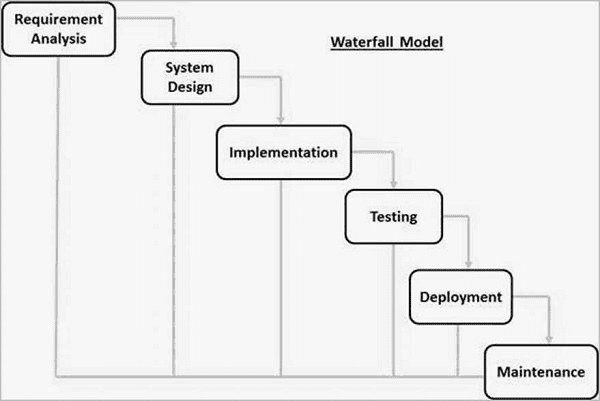
- The next phase includes the understanding of the requirements from the earlier phase and developing the design for the system based on it. In addition, it will include the system and hardware requirements to design the complete system architecture.
- In the next phase the system design is implemented as small programs known as units. These small units are integrated into a system and are tested in the next phase. Once all the integration and tests are complete, the system is given to the customer.
- The last phase includes the maintenance phase where the issues which may occur in the client environment are resolved and patches based on it are released. Also, different versions may be released to enhance the system's functionality.
All these phases are cascaded to one another like a waterfall and each phase can only start if the previous phase is finished. Though this model is applicable for simple projects, however, in contrast to a bigger project this model has disadvantages. Additionally, there might be a high amount of risk and uncertainty as the requirement of the project increases or the requirements change in between them making it more difficult to handle such requirements in the waterfall model.
This is where DevOps comes into the picture.
According to DevOps, a single group of developers are responsible for the application development right from the requirements analysis phase and further to the development, testing, deployment, and maintenance of the application. Furthermore, you can make changes to the application from the end-user feedback.
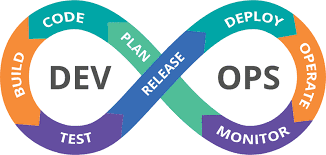
The above image depicts the logo of the DevOps. From the logo itself, we can understand that the DevOps is a never-ending process, from planning to monitoring its cycles in an infinite loop. In addition, it does not have an end thanks to its cross-platform functionality between the development and operations, we are able to ensure quick deployment of code, faster code testing, and a more robust feedback mechanism.
DevOps are often implemented with the assistance of various DevOps tools such as Docker, Jenkins, Git, AWS, Selenium, etc. Before we move into the tools, let's discuss the process flow of the DevOps.
The DevOps maintains the synchronization between the development and operational environment through continuous development, integration, monitoring and feedback, delivery, and deployment which is explained in detail down below:
Continuous Development
Continuous development means updates are made into the code continuously as small units of code that are grouped together later to make the ultimate applications. In addition, this allows the team to check and deploy the applications much faster and easier.
Continuous Integration
Continuous Integration(CI) will allow the developers to regularly merge the changes in their code to any commonly shared platform or repositories, where the updates are tested automatically.
Additionally, this ensures that the developers are available with the newest version of the code and helps them to figure on the identical code remotely without expecting all codes to be integrated once together. Furthermore, this also helps to scale back the delays in development as multiple developers can work on the identical code.
Continuous Testing
Continuous testing may be a process by which developers verify that the most recent version of code actually works without any issues. However, if any issue or bug is found with the code, it will be pushed back to the development team for continuous improvement.
Continuous Monitoring and Feedback
Also referred to as continuous control monitoring is an automatic process by which any issue or security threats during any of the phases of the DevOps process is observed and reported. Furthermore, feedback for the same is employed by the people acting on that to possess necessary fixes as soon as possible. Therefore, helps to enhance the performance as issues caused are reported and corrected immediately before it becomes a serious issue.
Continuous Delivery
Continuous delivery(CD) is the next step of continuous integration where the changes to the code are built, tested, and made ready to be deployed into the production environment. In addition, it is an automated process built on the CI as new versions will be released as soon as it is ready. The main aim of this phase is to release new versions or patches to the users rapidly.
Continuous Deployment
Continuous deployment is similar to continuous delivery. This can be considered as an automated version of the continuous delivery. The changes in the application of the code are automatically deployed to the production environment without any manual process. Furthermore, as the releases are regularly happening, this allows the developers to get regular feedback and they can work on the updates more quickly. Additionally, for this phase to occur without any issue, the organization should have a reliable automated testing environment.
These are the major phases that can be considered in the DevOps cycle.
Now let's have a look at some of the DevOps tools.
1. Git
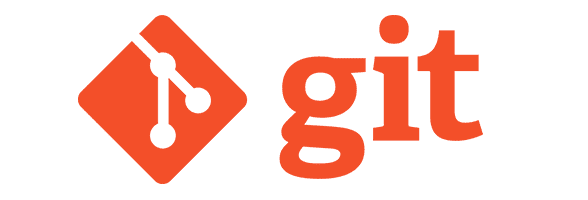
Git is one of the most widely used DevOps tools by most software developers. It is a free and open-source version control tool used to handle all types of projects. Furthermore, Git helps to maintain and coordinate works simultaneously for programmers allowing them to track the changes they have made therefore, that they can have a record of the changes and can be reverted back to any of their previous versions when needed. To integrate Git into your DevOps workflow, you need to open repositories where your team members can push their code. In addition, the commonly used Git repo hosting services are Github and Gitlab.
2. Jenkins
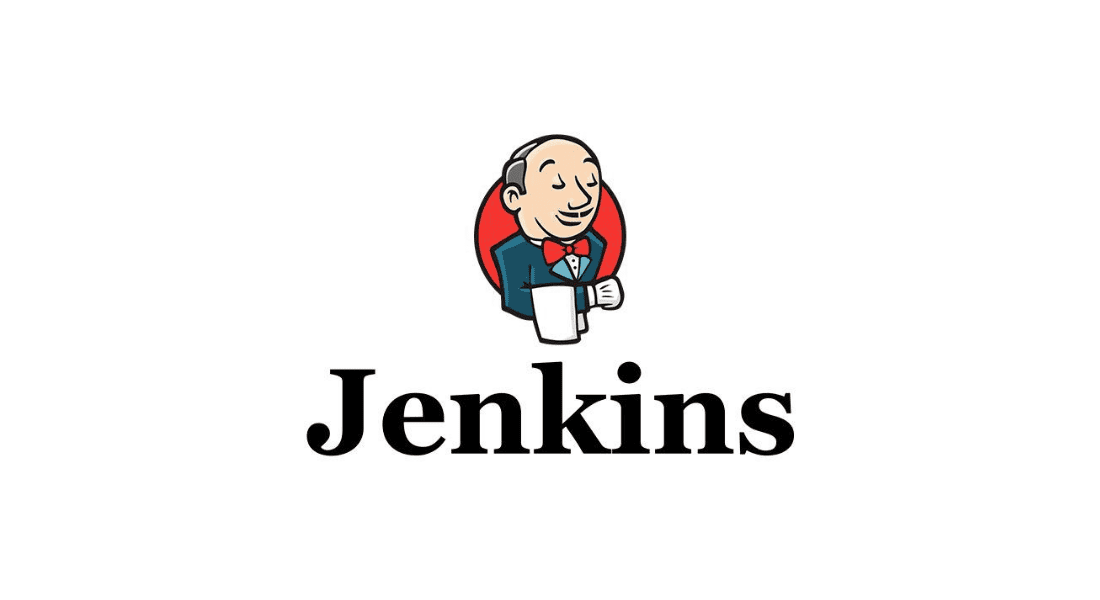
Jenkins is also a free and open-source automation application that is mainly used to handle the dev side of the DevOps.Furthermore, it is one of the best solutions for continuous integration(CI) and continuous delivery(CD). Jenkins offers more than 1,000 plus plugins that integrate almost all DevOps tools. In addition, it is easily supported on all platforms from the box and it can be easily installed with Docker. Furthermore, with Jenkins, it’s easy to handle each code and deploy as fast as possible. Also, it can measure the success of each process in the workflow.
3. Docker
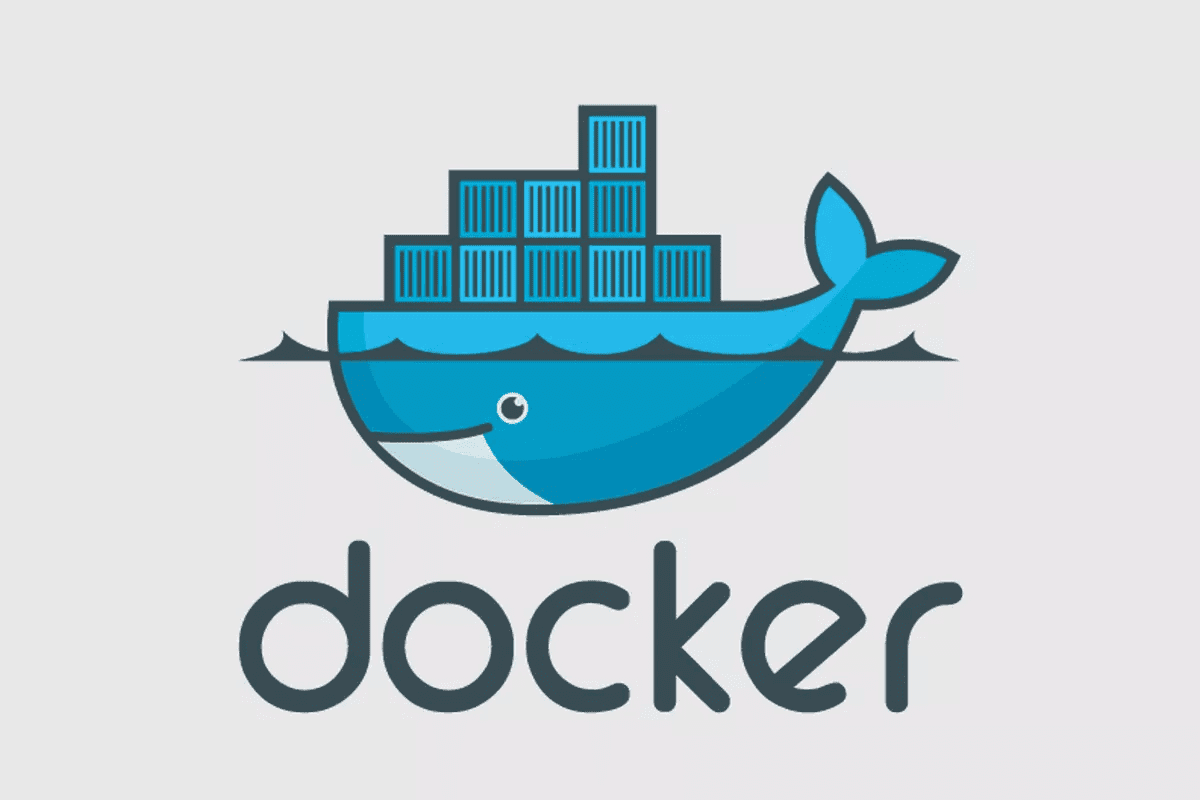
Docker is an open-source project which helps to deploy applications in containers which can be considered as a tool or platform which facilitates application development to deployment. In addition, it is used to automate the application deployment process and OS-level virtualization. Furthermore, as Docker can work in any machine, it allows collaboration of the development and operational team, thus facilitating the DevOps process. Additionally, if the application works in the development environment of Docker, then it is sure to work in the production and staging environments of the application as well.
4. Kubernetes
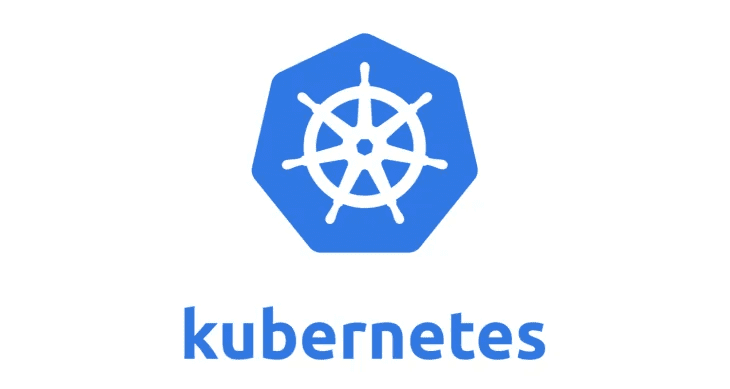
Also known as K8s and was developed by Google. It is an open-source container application that facilitates the deployment and management of applications in Linux containers. In addition, the main difference between Docker and Kubernetes is Docker works on a single node whereas Kubernetes works across a cluster of nodes. Docker is used as the main container virtualization in Kubernetes. Furthermore,
Kubernetes can be easily integrated with the continuous integration environment of the DevOps as it allows applications to run on different computing environments regardless of their compatibility. In addition, it allows the developers and operational team to run multiple container applications on a single OS.
5. Selenium

Selenium is an open-source tool used for automating web services and can only be used for web applications. Moreover, the testing scripts can be written in any programming language and is compatible with any browser or operating system. Selenium can also be integrated with Docker or Jenkins to enable continuous testing of the applications.
We will discuss more in-depth DevOps and its tools in the coming blogs.